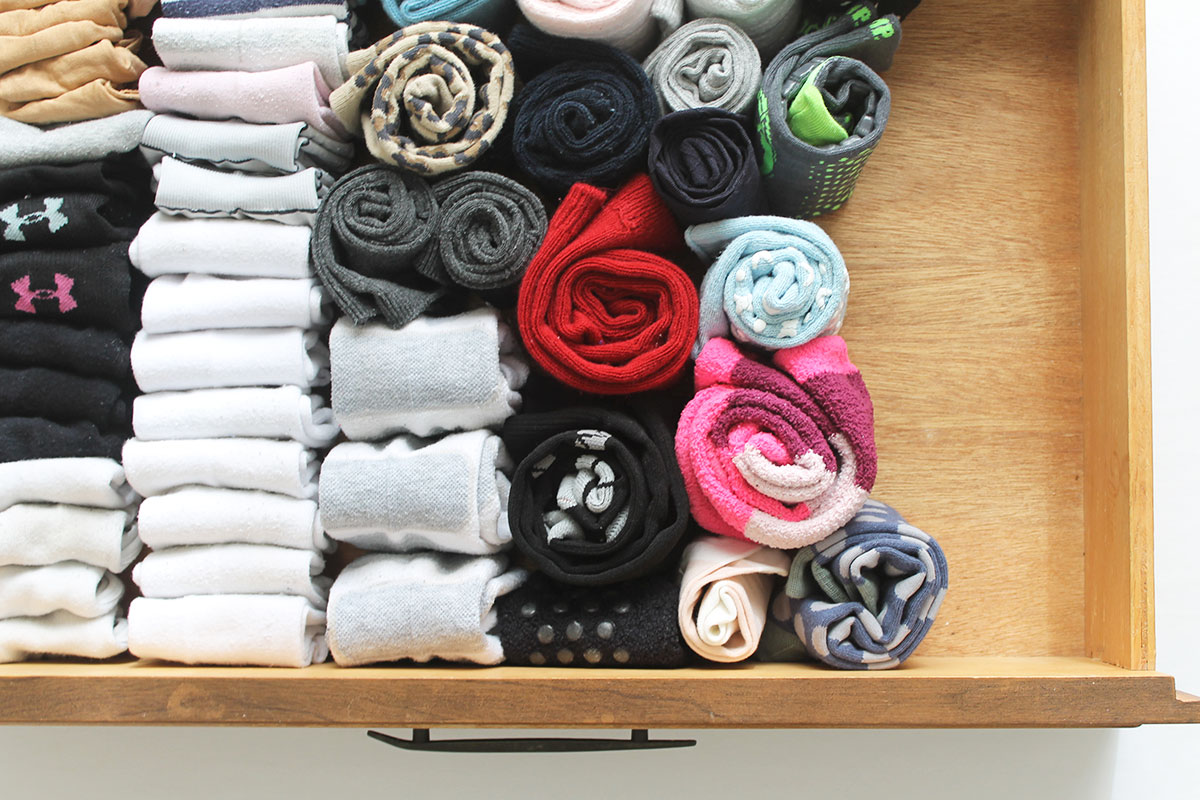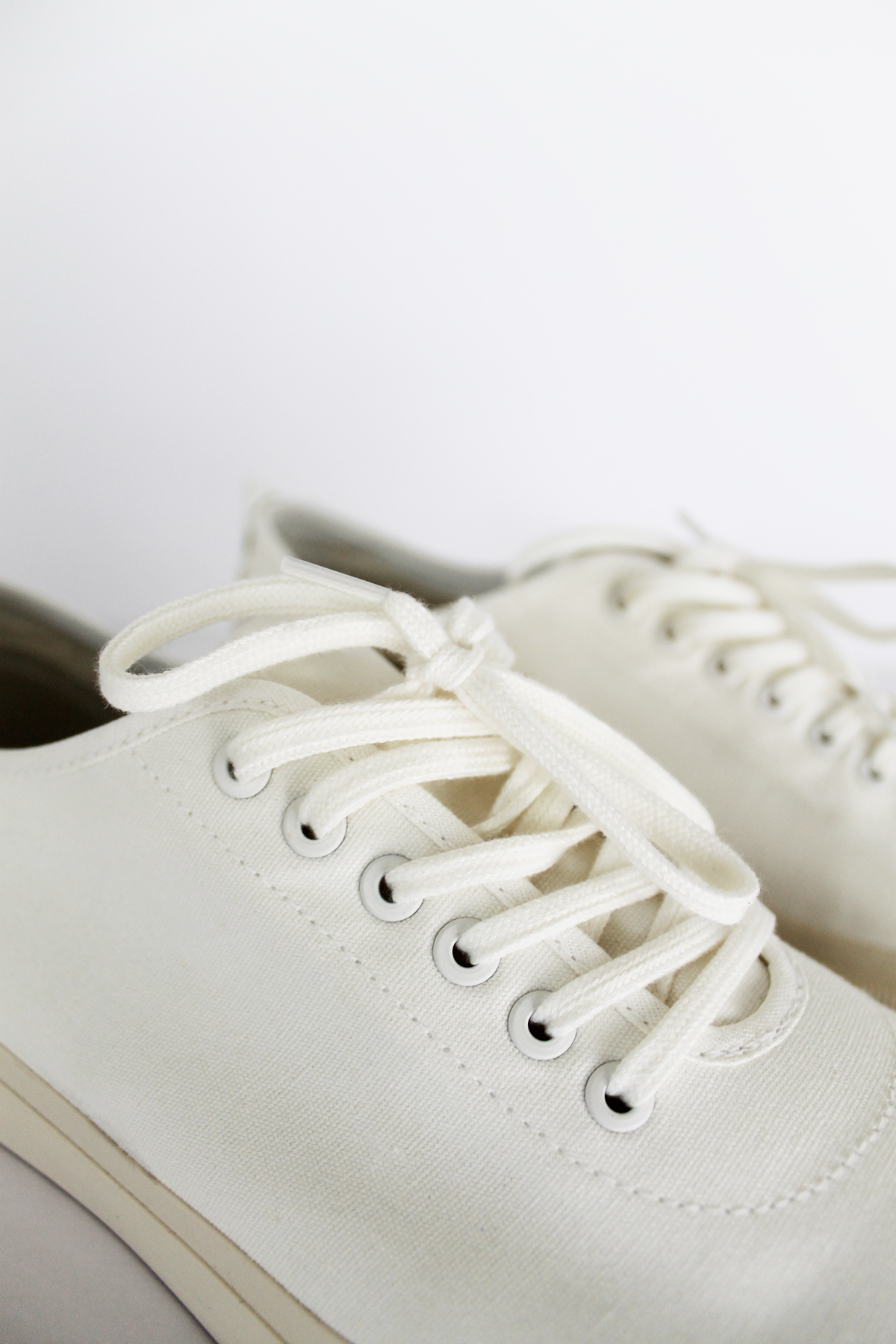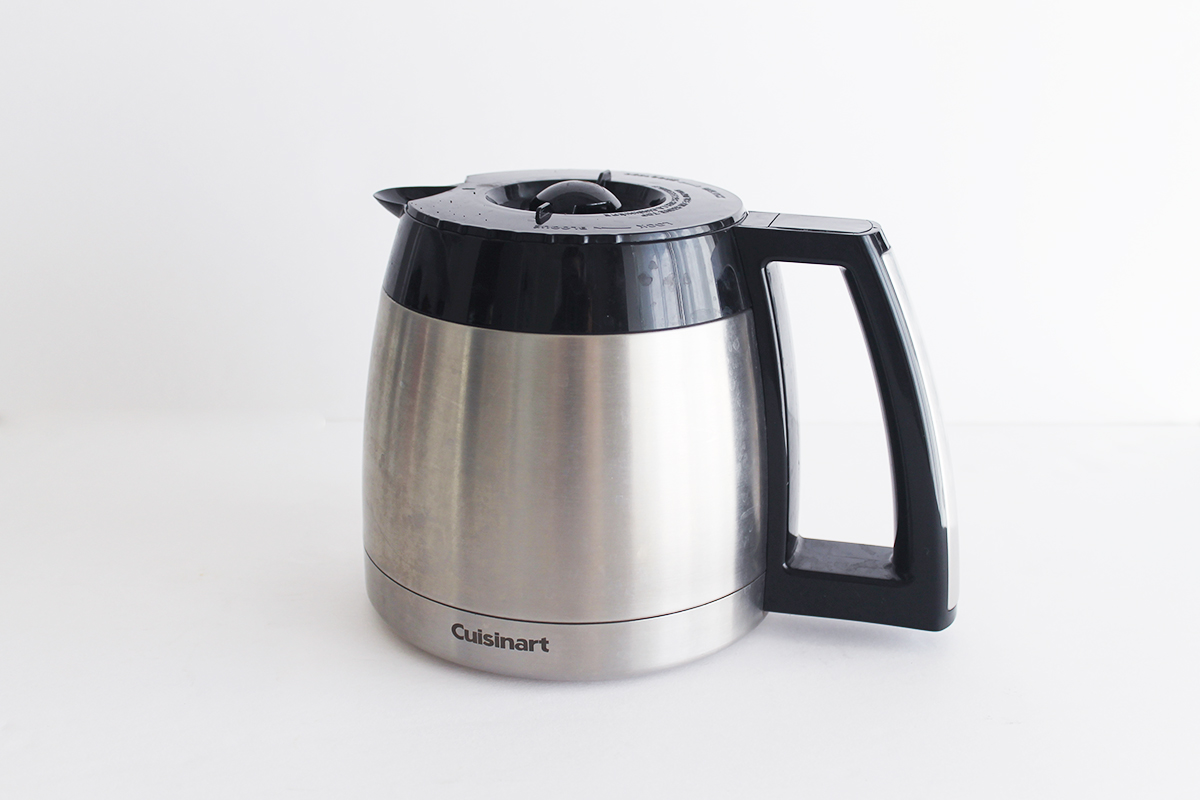How to Recycle Old Clothes

Wouldn’t it be wonderful if clothes lasted forever? Unfortunately even after normal wear and tear from washing and drying, most clothing eventually gets worn out. But when it comes time to dispose of old, ratty clothes that you no longer wear, stop before you toss them into your garbage bin and consider recycling or repurposing!
Donating is an easy choice for clothes that are still presentable. But what about clothes that are far past their prime? Read on to learn about how to recycle clothes and shoes that aren’t in good condition.
Why You Should Recycle Your Old Clothes
The EPA reported that “the main source of textiles in municipal solid waste (MSW) is discarded clothing, although other smaller sources include furniture, carpets, tires, footwear, and other nondurable goods such as sheets and towels.” Textile waste in 2015 totalled to 16 million tons or 6.1% of total municipal solid waste in 2015. That equates roughly to 100 pounds of textile waste per person that year!
Clothing alone represented 4.5% of total municipal waste in 2015 and less than 1/3 of that was recycled (source: EPA).
The good news is, it isn’t difficult to do our part to reverse this trend because most clothes and shoes can be easily recycled if we dispose of them properly.
How To Recycle Old Clothes
There are 5 simple ways that you can recycle old clothing and shoes. From textile recycling to your local thrift store, it’s easy to do the right thing.
Textile Recycling:
If you’re not familiar with textile recycling, it can feel daunting when you don’t know where to start. Start by searching for clothing recycling bins in your area. Many of which will take clothing in any condition, and allow you to drop off your items for free. American Textile Recycling Service is a company that will collect donations at drop-off locations and sort through your textiles. Websites like Recycle Now can help you locate an appropriate bin in your area. Terracycle is also a cool resource that will send recycling boxes to your home, office, or school to collect donations. Once the box is full, you just ship it back and they will recycle the contents for you!
Donate:
Donate items that are still wearable/usable. Goodwill donations pass through multiple sales channels before they are ultimately recycled. If you don’t live near a Goodwill or Salvation Army, contact other second-hand stores near you to see what recycling programs they have in place.
Go Retail:
More and more retail stores have started to accept old clothes in an effort to encourage proper recycling. Madewell, Levi Strauss & Co., H&M, and The North Face stores will accept your used clothes and shoes, recycle them, and even give you a reward for it.
Compost:
Fabrics made from natural fibers can be composted so long as they aren’t blended with synthetic fibers (like polyester, spandex, rayon, or nylon). Compostable fabrics include:
- Cotton
- Silk
- Wool
- Cashmere
- Hemp
- Bamboo
- Linen
Two steps to properly prepare your clothing for compost include:
- Shred – Cut your fabrics into smaller pieces that will more easily break down when scattered in a compost bin.
- Remove non-biodegradable materials – These can include zippers, buttons, tags, synthetic fabric trims, etc.
Re-Purpose:
Put that old t-shirt to work! You can easily convert your softer fabric clothing items into cleaning rags. This will save money, keep your home clean, and you’ll be doing the right thing by reusing old clothing. I keep recycled cotton fabric under our sink to use like “bar mops” when cleaning up after meals. I finish surfaces with DIY cleaning solution and a microfiber cloth.
How To Prevent Clothing Waste
Back in 2017, I committed to not buying any new clothes in 2017. After watching the documentary The True Cost, my eyes were opened to the negative impacts that too many of the biggest fashion brands have on our world. So instead of buying new clothes from my favorite brands that year, I simply looked for them at second-hand stores.
Opting to buy second-hand is a fantastic way to reduce your personal clothing waste. If the idea of shopping second-hand makes you uncomfortable, read my tips for how to find great pieces at thrift stores. Your wallet and our planet will thank you!
Alternatively, you can shop for new clothing from brands that care about sustainability and focus on purchasing items made with compostable materials.
No matter how you choose to shop, do your best to discard unused clothing responsibly!






